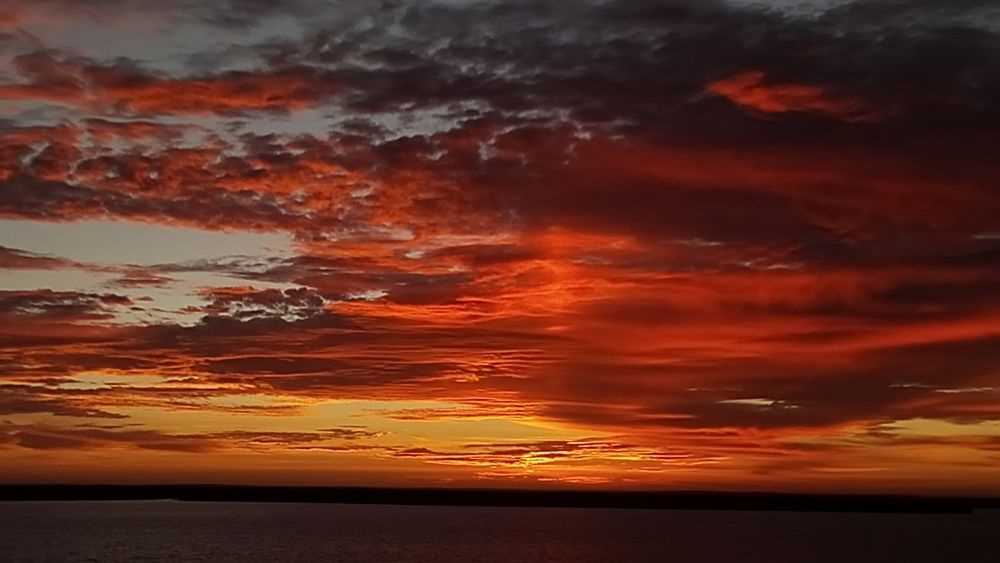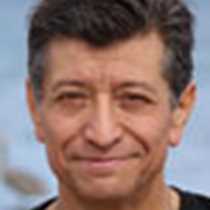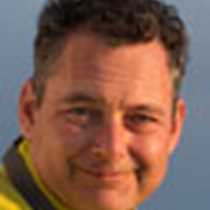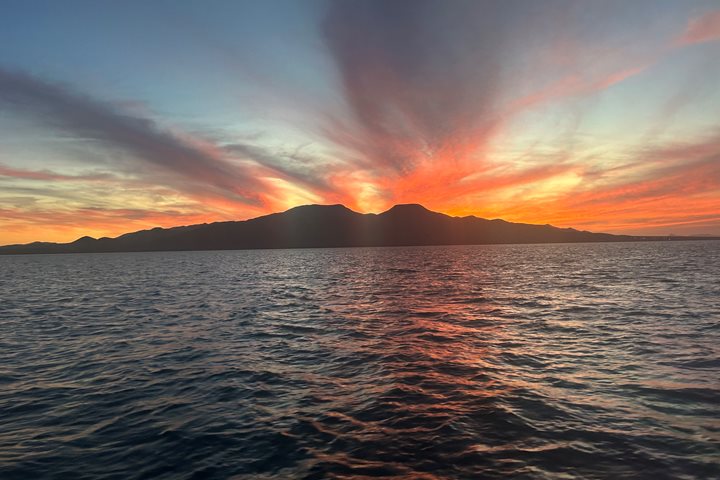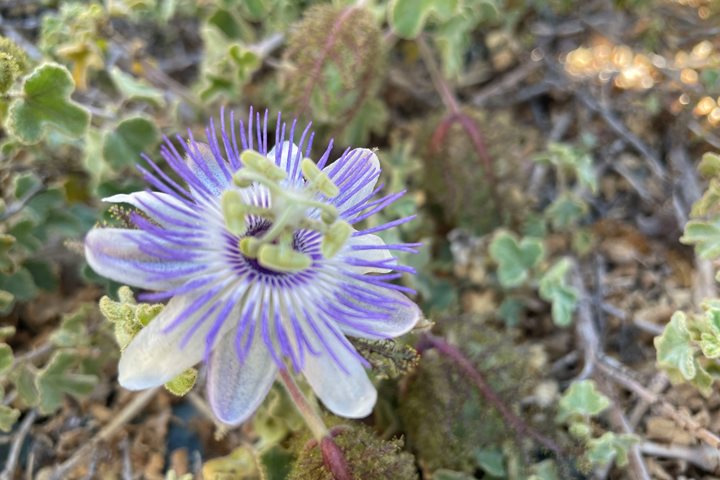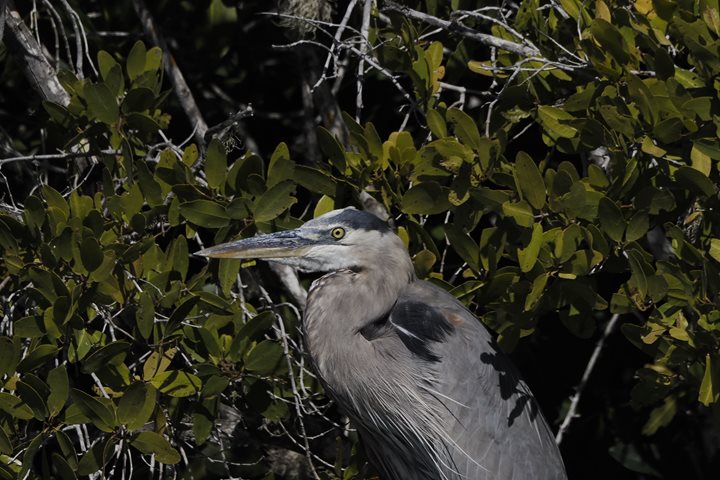During the night Captain David Sinclair and officers, repositioned National Geographic Sea Lion to the inner part of the canal at Puerto Adolfo Lopez Mateos, a place locally known as Los Titeres (“the puppets”), where we could have the opportunity to observe more mothers and calves. We went out early in the morning in two groups, and we had good experiences with some of the whales in the area. For the afternoon, we finished our activities doing kayaks and Zodiac tours at El Barril, another lagoon surrounded by mangroves, inside the Bay of Magdalena where these migratory gray whales thrive.
- Daily Expedition Reports
- 01 Mar 2020
Los títeres and El barril, 3/1/2020, National Geographic Sea Lion
- Aboard the National Geographic Sea Lion
- Baja California
Octavio Maravilla, Naturalist
Octavio was born in Mexico City and moved to La Paz at age 19, to study Marine Biology at the Baja California Sur State University. He began his field research on California sea lions, working at Los Islotes, a small rookery close to La Paz City. Lat...
Read MoreDexter Sear, Videographer
Dexter grew up in England where a love for exploring the countryside ignited a lifelong passion for discovering natural history and embarking on adventure. As a teenager, two trips to India sparked a fascination with insects and a desire to share a “...
Read MoreShare Report
Baja California: Observing the Whales of Magdalena Bay
VIEW ITINERARYRelated Reports
3/15/2025
Read
National Geographic Sea Bird
Puerto Magdalena
Walks in the desert can hold a plethora of surprises, and today was no exception. From clusters of scarlet Palo Adan flowers, the gems of the morning, to purple and white striped passion flowers. The numerous fruits on the vine attested to a series of flowers earlier this month. A diminutive bird, the verdin, was also interested in the Palo Adan flowers. The verdin’s short beak cannot reach the nectar, so this bird approaches the base of the flower, nips it open, and takes a nectar reward; pollination of the flower is thwarted in this thievery. The exoskeleton of a tarantula was found under the scrub, an indication of a spider that has molted and grown a bit bigger. At the end of the trail, we were all rewarded with a magnificent view of the Pacific Ocean. Good things come to those who venture outdoors.
3/14/2025
Read
National Geographic Sea Bird
Boca de la Soledad
Today we woke up in the northernmost part of Magdalena Bay. In the morning, we went whale watching at Boca de la Soledad, where we came across a mother and calf. Later, we went to Estero Chivo at high tide, where we observed a variety of birds. We were particularly interested in the numerous shorebirds, egrets, and herons. We raised anchor to continue our day. While transiting Hull Canal, we spotted bow-riding bottlenose dolphins. National Geographic Sea Bird set anchor in front of Magdalena Island. The wind was blowing, causing the dunes to come alive. After walking among dunes and desert plants, we arrived at the Pacific coast of Magdalena Island. We enjoyed walking along the beach and observing various shells, snails, and sand dollars. In the distance, we spotted the carcass of a beached gray whale and contemplated both life and death. These animals begin their lives on the coast of Mexico, and their cycle also ends here.

